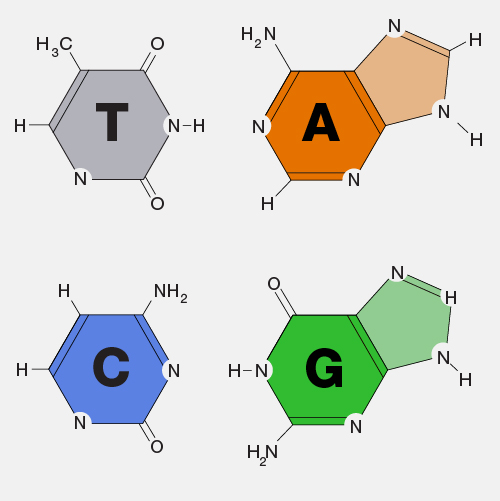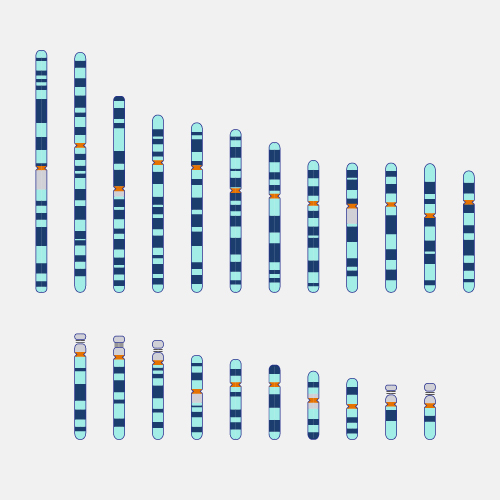
Karyotype
Definition
A karyotype is an individual’s complete set of chromosomes. The term also refers to a laboratory-produced image of a person’s chromosomes isolated from an individual cell and arranged in numerical order. A karyotype may be used to look for abnormalities in chromosome number or structure.

Narration
Karyotype. The karyotype is one of each species' characteristics. To make a karyotype, scientists take a picture of the chromosomes from one cell, cut them out, and arrange them using size, banding pattern, and centromere positions as guides. Karyotype describes the amount of chromosome count and morphology of an organism under the light microscope. The derivation and study of karyotypes is part of cytogenetic studies. In normal diploid organisms, autosomal chromosomes are present in two copies. Karyotypes can be used for many purposes, such as studies of chromosomal iterations in prenatal diagnostics or tumor studies. Also, to understand cellular function, taxonomic relationships, and providing information about past evolutionary events. The typical human karyotype contains 22 pairs of autosomal chromosomes and one pair of sex chromosomes. The most common karyotypes for a female contain two X chromosomes and are denoted for the sex XX. Males usually have both an X and a Y chromosome, denoted for the sex XY.





